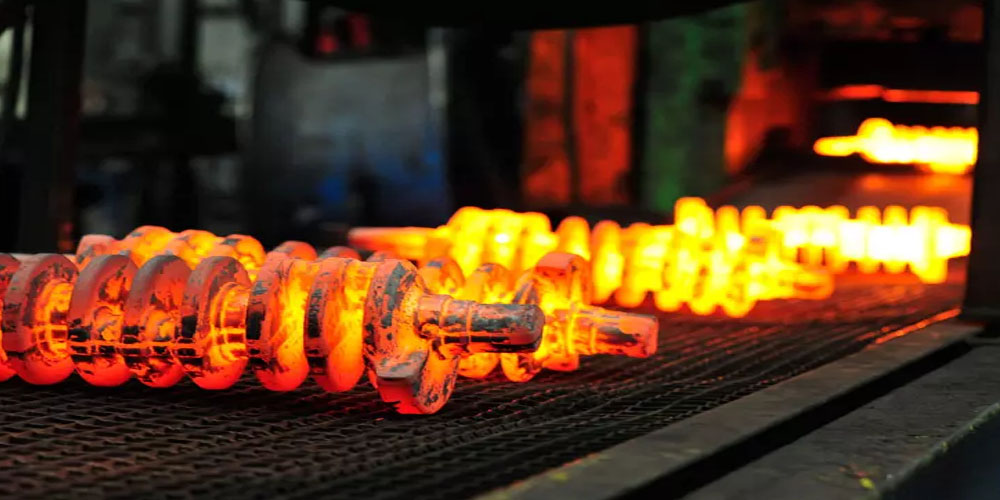Metal is exploited, shaped, contoured, and compressed through the process of forging in order to acquire the needed form, ordering, or emergence designated by the processing of metal. Both hot and cold forging technology can be utilized to complete the forging procedure, depending on the sort of metal and the requirement of the design.
Product development and the cold forging of metal parts and components are the main areas of concentration for CxinForging. These cold-forging goods have a good surface polish and are close to the net shape as compared to items made using other technologies like turning engraving, or hot forging.
Finishing is practically seldom necessary, which reduces the cost of production. The long-term manufacture of lightweight parts is a particular use for cold forging processing technology. CXIN Forging is considered the best forging manufacturer and the required equipment for the forging are discussed here.
Types of Equipment Required For the Forging Process
Here some of the forging equipment are described in detail;
Drop Hammer
Two dies are used in a drop hammer machine, one of which is mounted on a stationary anvil and the other on a ram. The lower, fixed die is filled with a hot billet. To form the billet, the ram repeatedly presses the top die hard against the fixed die. Depending on the item being made, the hammer may strike the billet a certain number of times.
Press Forging Machine
Machines used for press forging operate on the same principles as drop forging, but without repeatedly striking the workpiece. Similar to drop hammer devices, a die has two pieces, one of which is mounted on the anvil and the other attached to the ram. The workpiece is gently compressed and squeezed into the lower die by the higher die rather than being subjected to continuous concussive force. A hydraulically or screw-driven ram that compresses the workpiece deeply and uniformly produces plastic deformation and applies the force of compression.
Roller
The opposing rollers that form the workpiece and support the dies are the brains of a roll-forging machine. In order for the framework to have a low spring constant, support rails provide the rollers with consistent spring. The rollers are pressed together during operation with more force than is necessary to distort the workpiece. Backup rollers are positioned asymmetrically to the plane of the workpiece and bear against the work rollers. The work rollers are forced together by a hydraulic cylinder under continuous and steady pressure to form the work piece.
Up setter
The workpiece is held between two horizontal dies with grooves during the up setter forging machine operation as it is slammed and punched on one end to deform it. The word “upsetting” derives from the act of altering a billet, bar, or bloom’s shape. To expand the cross-sectional area of a portion of the workpiece, the metal is handled in the horizontal plane. Heading, or applying pressure to a hot or cold rod or billet, is another name for upsetter forging.
Rotary
The workpiece is placed in a circular enclosure on a rotary forging machine, which has anvils that can move freely while holding the rotor and have a die on one end. The workpiece is positioned in the middle of a cage-like arrangement of rollers and anvils. The workpiece is hammered or otherwise impacted by the anvils as the cage spins, forcing the rollers to do so until the required form is achieved.
Final Wording
By applying compressive force by hammering, pressing, stressing, and rolling, the metal forging process involves shaping and creating metals. The temperature at which the metal is deformed determines the types of forging operations, which include cold and hot. Many of the components that are essential to the creation of goods and industrial processes are made through forging. No matter how many technological advancements the industry has made, forging remains the foundation of effective, affordable, and high-quality production.

